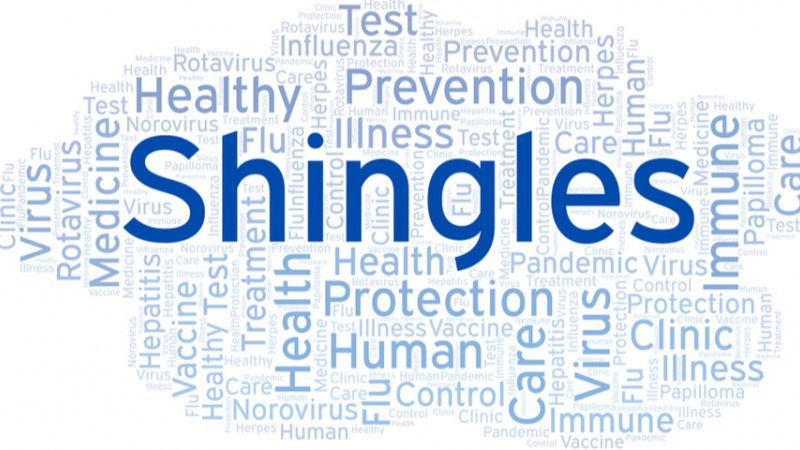The pitfalls of aging can sometimes be painful, especially when it comes to shingles. The shingles virus, also known as varicella-zoster (chickenpox), can lie dormant for years, lingering in nerve cells. While many young children are affected by the chickenpox virus, it comes back with a vengeance as the shingles virus, typically after the age of 50.
Although it’s not completely clear what exactly triggers the return of the virus with age, learning all about shingles can help mitigate the painful side effects. By educating yourself about shingles, you can seek out immediate treatment and even take some preventative measures that can minimize symptoms and shorten your treatment time.
All About Shingles
According to the Centers for Disease Control (CDC), almost 1 in 3 Americans will develop shingles in their lifetime. Unfortunately, the CDC has also found that the number of people affected by shingles has been gradually trending upwards, and they cannot attribute the uptick to specific factors. The shingles virus attacks the nervous system, causing a painful and blistering rash on the body or face. Since the virus is attached to the nervous system, the rash typically appears along a path of nerves along the skin, looking like a band or a belt on one side of the body.
Shingles typically affect people over the age of 50, when immune function is lower and the body is more susceptible to infections. People who are immune compromised due to diseases like HIV and cancer are also at greater risk of developing shingles. For seniors, the risk of developing shingles is a legitimate concern, as there can also be other health complications associated with the virus.
Symptoms of Shingles
The symptoms of shingles are very clear: they start with tingling or a burning sensation in one concentrated area of the skin. Within days, a rash will appear in that same area of the skin. It’s also not uncommon to feel flu-like symptoms before the rash breaks out, including fever, chills, fatigue, and headache. Shingles can also cause a sharp, burning pain over the infected area, as well as itching and sensitivity to the skin. Within two to three days of the rash breaking out, you could develop blisters on the skin that fill with fluid, eventually popping open and scabbing. It’s not pretty or comfortable.
Once the symptoms of shingles appear, the virus itself can be present in the body for anywhere from two to four weeks. Unfortunately, about 10-15% of people who come down with shingles experience a complication called postherpetic neuralgia (PHN), which is severe and intense pain that can last for months.
Shingles Treatment
Although there is no cure for shingles, early treatment with antiviral drugs can help manage the painful virus and shorten the recovery time. Physicians can also prescribe steroids and an analgesic or anticonvulsant to help with the pain. Early intervention is key, so once you know the symptoms of shingles seek medical help immediately because a medicinal intervention must be started within 72 hours of the rash outbreak in order to shorten the length of the virus and keep complications at bay.
There are two shingles vaccines that seniors can take in order to be proactive about their health. Zostavax and Shingrix are both a shingles shot that can help prevent shingles from breaking out in the body. This year, however, there is a massive shortage of Shingrix, which has been proven to have broader protection against the virus than its counterpart. The Shingrix shingles shot is relatively new, having hit the market in March 2018, and by May the CDC was reporting shortages of the vaccine. This has presented a problem for many who have already received their initial dose of the vaccine, and some are struggling to find a second dose within the recommended two to six-month window. GSK, the company who manufactures the vaccine, reports that 2019 will bring with it more shipments of Shingrix to the United States.
Be Prepared In An Emergency
Whether you’ve been able to receive the preventative shingles shot or not, having a medical alert device on hand to help you in case of medical emergencies is essential with age. Medical Guardian’s variety of products ensures that you will remain protected inside or outside of the home as you see fit. Although we can never completely prevent an emergency from occurring, we can be prepared for when they eventually do.

